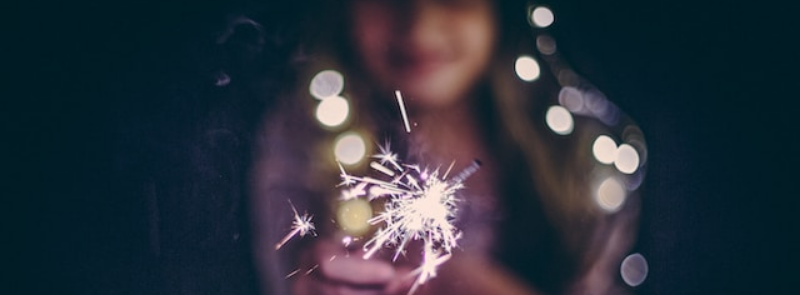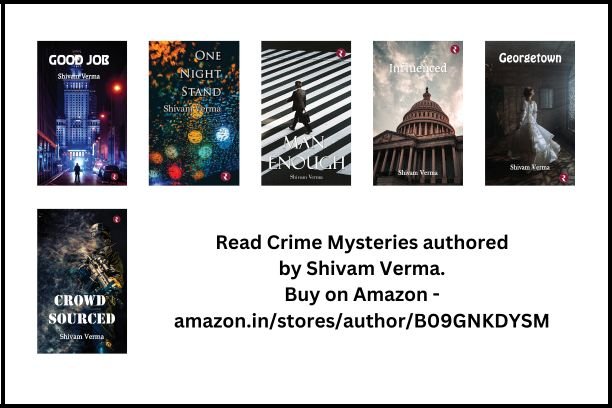
When It Occurs
Every December 31st
Timeline
Days Passed (652)
# Hashtags
#NewYearsEve #OldYearsDay
In the Gregorian calendar, New Year's Eve, also recognized as Old Year's Day or Saint Sylvester's Day in various countries, refers to the evening or the entire day of the final day of the year, which falls on December 31. Commonly known as "New Year's Eve," it is celebrated in many countries with festivities that include dancing, feasting, drinking, and observing or igniting fireworks. Some Christians participate in a watchnight service. The celebrations typically extend beyond midnight into New Year's Day, marking the onset of January 1.
Historical and Cultural Context
New Year’s Eve celebrations in India have their roots in Western influence, particularly during the British colonial period. The Gregorian calendar, introduced by the British, is now the standard calendar in India, and December 31st has become the official New Year’s Eve. However, India also celebrates various traditional New Year’s Days across different cultures, such as Ugadi (Telugu and Kannada New Year), Gudi Padwa (Marathi New Year), Puthandu (Tamil New Year), Baisakhi (Punjabi New Year), and Vishu (Kerala New Year), among others.
How New Year’s Eve is Celebrated in India
1. Parties and Social Gatherings
- New Year’s Eve parties are the most common way to celebrate, particularly in urban areas. Hotels, clubs, restaurants, and resorts organize grand events featuring music, dance, food, and fireworks. Popular party cities like Mumbai, Delhi, Goa, Bangalore, and Kolkata host large-scale events that attract both locals and tourists.
- Many parties feature live music, DJ performances, and dance floors, where people celebrate late into the night. Theme-based parties, like masquerade balls or Bollywood nights, are also popular.
- Families often host house parties or gatherings, where they share a meal, play games, and count down to midnight together.
2. Fireworks and Midnight Countdown
- The midnight countdown is the highlight of New Year’s Eve, marking the transition from December 31st to January 1st. In major cities, public countdowns take place at prominent landmarks and public spaces.
- Fireworks displays are an integral part of the celebration, with spectacular shows lighting up the sky at midnight in cities like Mumbai (at Marine Drive), Delhi, and Goa. The sounds of firecrackers and cheering crowds can be heard across neighborhoods as people welcome the new year with excitement.
3. Festive Food and Drinks
- Food is a central part of New Year’s Eve celebrations, with families and friends gathering for special meals. Restaurants offer New Year’s Eve menus, often including international cuisines, seafood, and indulgent desserts.
- Alcohol is commonly consumed during the celebrations, with champagne toasts being a tradition at midnight. Many people celebrate with cocktails, wine, or local beverages depending on the region.
- In homes, people prepare traditional Indian snacks and dishes like samosas, pakoras, and biryani, alongside Western-style party foods such as pizzas, cakes, and pastries.
4. Travel and Destination Celebrations
- Many people choose to travel to scenic destinations for New Year’s Eve, making the most of the holiday season. Popular spots for New Year’s Eve celebrations include Goa, Kerala, Manali, and Jaipur, where tourists can enjoy beach parties, bonfires, and cultural performances.
- Goa is especially famous for its beach parties, where both Indian and international tourists gather to celebrate. Parties along the beaches of Anjuna, Vagator, and Baga last all night, featuring music, dancing, and fire shows.
- Hill stations like Manali, Shimla, and Ooty also attract visitors seeking a peaceful yet festive celebration, often in the chilly ambiance of the mountains.
5. Religious and Spiritual Observances
- For many, New Year’s Eve is a time for reflection and spiritual renewal. Temples, churches, and mosques across India hold special prayers and midnight masses to mark the end of the year.
- In Christian communities, particularly in states like Kerala and Goa, midnight masses are a solemn way to welcome the new year, with congregants gathering to pray for peace and blessings.
- Some people visit temples to offer prayers of gratitude for the past year and seek divine blessings for the year ahead. This is especially common in regions like Tamil Nadu and Karnataka.
Regional Variations in New Year’s Eve Celebrations
1. Mumbai
- Mumbai, India’s financial capital, is famous for its vibrant New Year’s Eve celebrations. The city’s iconic landmarks like Gateway of India and Marine Drive become hubs for massive public gatherings and fireworks displays.
- Clubs, lounges, and beach parties attract a glamorous crowd, with many Bollywood celebrities joining the celebrations. High-end hotels and resorts organize exclusive parties with live entertainment and gourmet food.
2. Goa
- Goa is one of the most popular destinations for New Year’s Eve, known for its beach parties and laid-back vibe. Both domestic and international tourists flock to Goa’s beaches, where open-air parties with electronic dance music, bonfires, and fireworks dominate the scene.
- The vibrant nightlife in Goa’s beach towns, combined with the influence of Portuguese culture, makes it a unique and exciting place to celebrate the new year.
3. Delhi
- Delhi’s New Year’s Eve celebrations are characterized by lavish parties at hotels, clubs, and farmhouses. Many venues host live performances by famous musicians and DJs, attracting large crowds.
- Popular areas like Connaught Place, India Gate, and Hauz Khas Village become gathering points for the midnight countdown and public celebrations.
- In contrast, many people in Delhi also visit religious places such as Gurudwaras or temples to offer prayers for a prosperous year ahead.
4. Bangalore
- Bangalore is known for its tech-savvy and cosmopolitan culture, and its New Year’s Eve parties reflect this with a mix of nightclubs, rooftop parties, and musical events.
- Popular venues in Indiranagar and MG Road organize high-energy celebrations with international DJs and dance floors, while quieter gatherings take place in private homes and resorts.
5. Kolkata
- In Kolkata, New Year’s Eve is marked by celebrations at popular spots like Park Street, which is beautifully lit up with decorations, and Victoria Memorial, where fireworks displays are held.
- Many Kolkatans enjoy a meal at one of the city’s famous restaurants, indulging in Bengali cuisine or international dishes to celebrate the occasion.
- Kolkata also has a significant Christian population, and churches like St. Paul’s Cathedral hold special services on New Year’s Eve.
Significance and Reflection
New Year’s Eve is not just about parties and celebrations; it also carries deeper meanings for many people. It is seen as a time for personal reflection, when individuals look back on the past year’s experiences, achievements, and challenges. Many people make New Year’s resolutions, setting goals for self-improvement, whether related to health, career, relationships, or personal growth.
Safety and Security Concerns
In recent years, authorities in major cities have stepped up security measures to ensure safe celebrations during New Year’s Eve. Police patrols, traffic management, and crowd control measures are put in place to prevent accidents and ensure that the public celebrations remain orderly. Cities like Mumbai, Delhi, and Bangalore have designated areas for public gatherings to avoid overcrowding.
Conclusion
New Year’s Eve in India is a vibrant and multifaceted celebration, blending global influences with local customs. Whether through extravagant parties, religious observances, or quiet family gatherings, Indians from all walks of life mark the occasion with excitement and hope. As the clock strikes midnight, people across the country unite in the universal sentiment of wishing for a prosperous and joyful year ahead.


